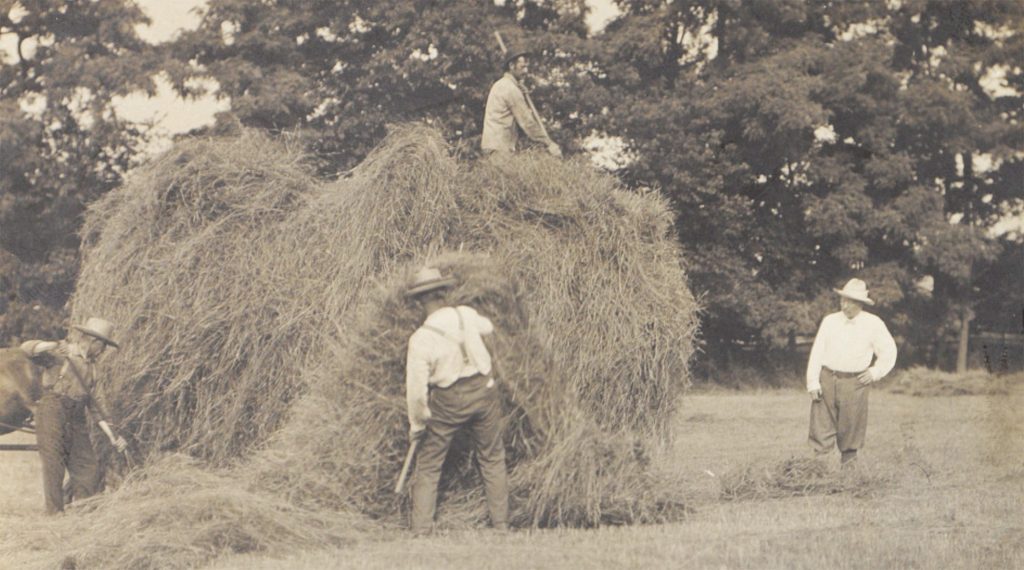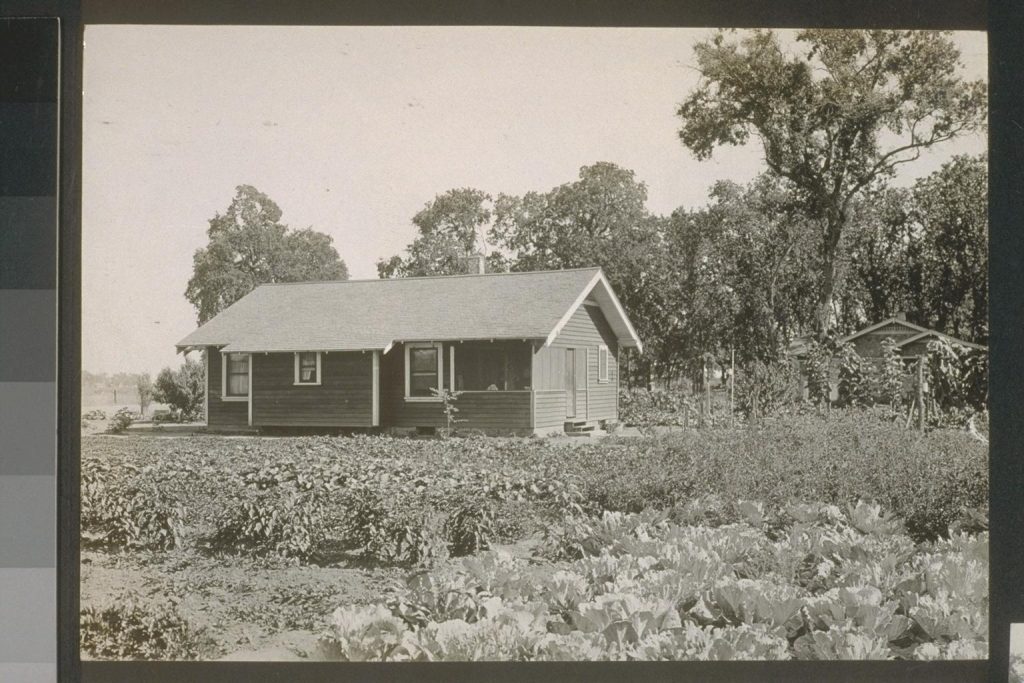Rural Planning in the Early 1900s
Dr. Kathryn Frank examined rural planning during the US Progressive Era to see how planners simultaneously built communities and increased economic efficiency.
Rural Concrete Roads in 1909, painting by Carl Rakeman of the Federal Highway Administration. The painting depicts the efficiency/community duality in early rural planning.
April 26, 2020
Hibbard, M., & Frank, K. (2020). The Efficiency/Community Duality in the Emergence of Planning: Cases in Rural Regional Development. Journal of Planning History, 1538513220919960. https://doi.org/10.1177/1538513220919960
The United States’ Progressive Era, which was a response to the industrialization and urbanization at the turn of the 20th century, birthed the modern city planning field. But, less known is that the field also extended into rural areas during this time.
Up until the New Deal period of the mid-1930s, rural planning was a crucible for innovation due to its simultaneous attention to building the social life of communities and increasing economic efficiency through the rational utilization of resources.
To examine how early rural planning managed the dual, complementary goals of community and efficiency, URP Associate Professor Dr. Kathryn Frank, along with research collaborator, Dr. Michael Hibbard (University of Oregon), conducted a historical study of rural planning. The study concentrated on several prominent rural planning initiatives:
Commission on Country Life. In the Progressive Era, it was generally recognized that the continued growth of the industrial economy required modernization in agriculture and natural resource production. Progressives came together under the Country Life movement to modernize rural areas. The concerns of the movement were encapsulated in the activities and report of the Commission on Country Life, appointed by President Theodore Roosevelt in 1907.

Rural community surveys were aimed at analyzing and providing direction for rural communities struggling in the wake of the industrial revolution.

Irrigated communities developed new rural settlements in the West as homes for displaced urbanites, immigrants, military veterans, and their families.

Findings
A key finding from the study is that rural planning lost the focus on community by 1940, on the eve of WWII. The quest for efficiency was indifferent to, even uncoupled from, the socioeconomic health of rural communities as agribusiness replaced the family farm and similar transformations occurred in natural resource extraction. The loss of the community goal has since led to the marginalization of rural planning by the planning field.
Scholars and policy makers today debate the strategies for rural areas, with some favoring policies focused on revitalizing rural communities, and others arguing for continuing policies aimed at economic efficiency. Rather than an either/or proposition, the history of rural planning shows that the two goals can be held simultaneously, and that the planning field can bring a crucial set of integrative problem-solving skills to rural issues.
The lesson of how early 20th century rural planning held and then lost the dual goals of community and efficiency is illuminating not only for the practice of rural planning, but also for the planning field in general. The intellectual current shaping contemporary planning—urban and rural— may be evolving away from the ascendancy of efficiency, pushing back against the Progressive notion of giving the last word to expert authority. With a greater appreciation of the history of rural planning, planners can seek to strengthen the community half of the duality for the benefit of rural and urban communities.
